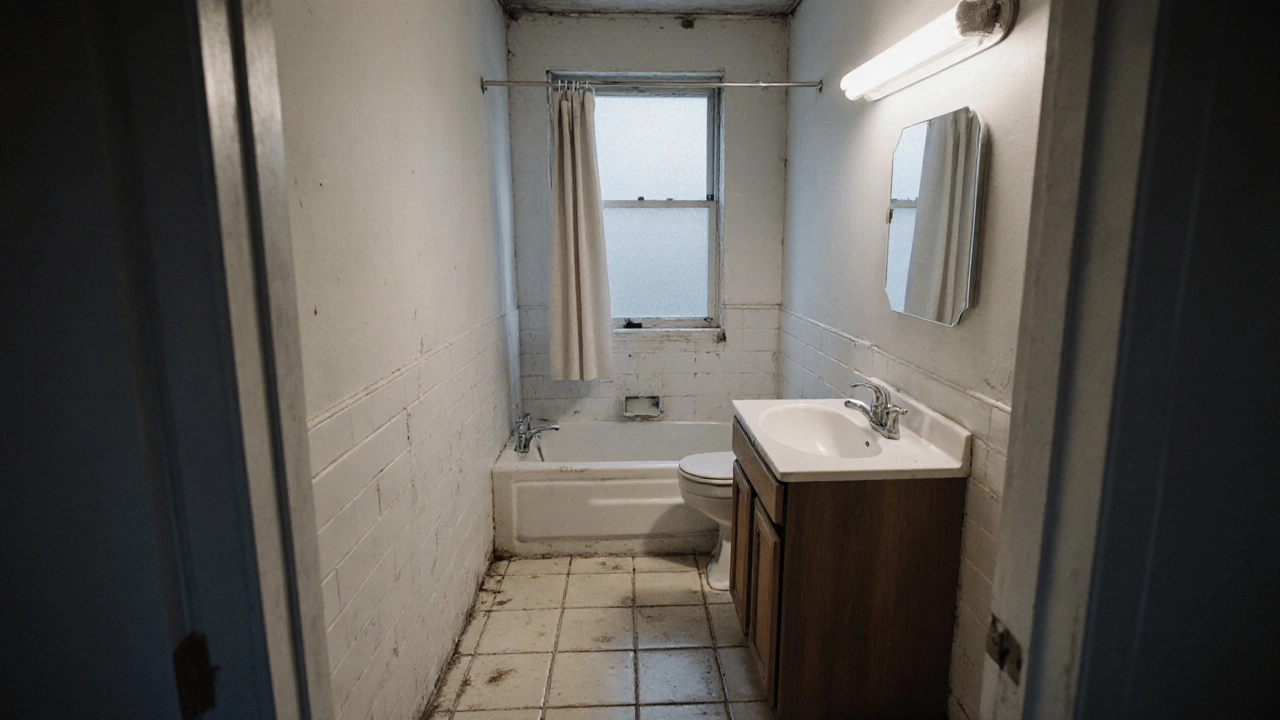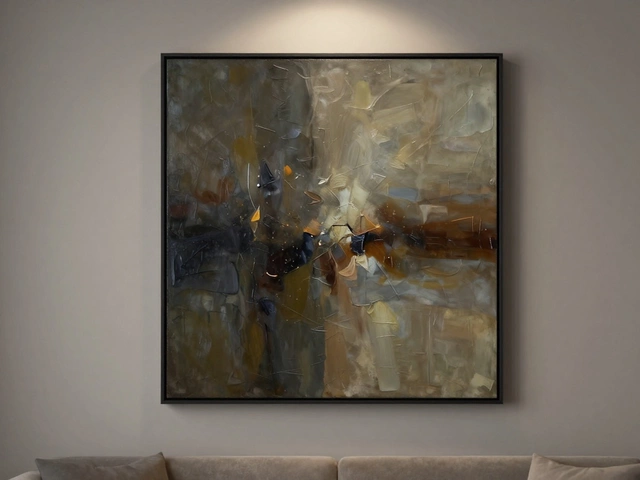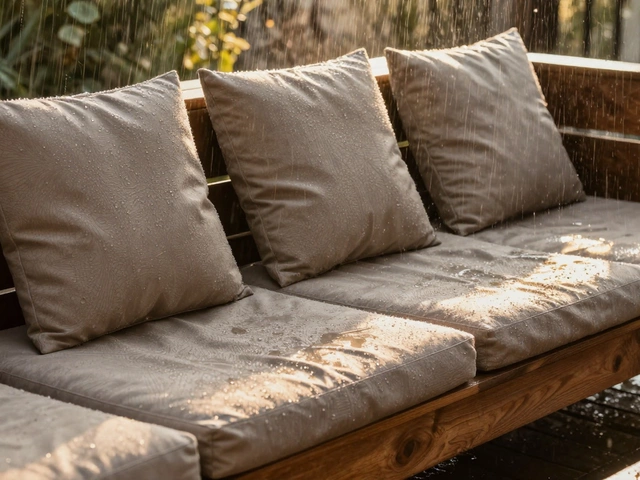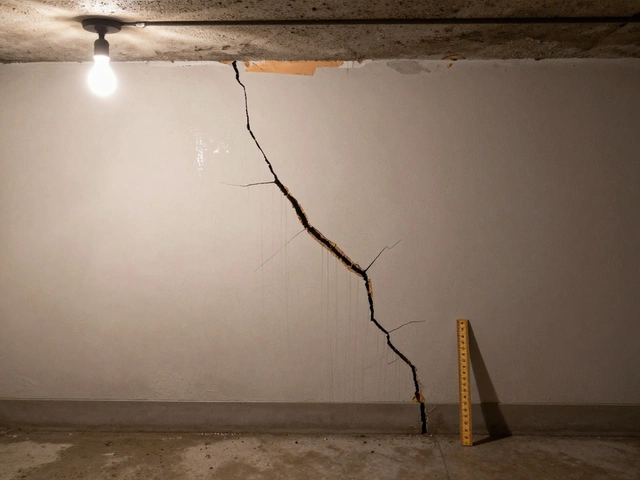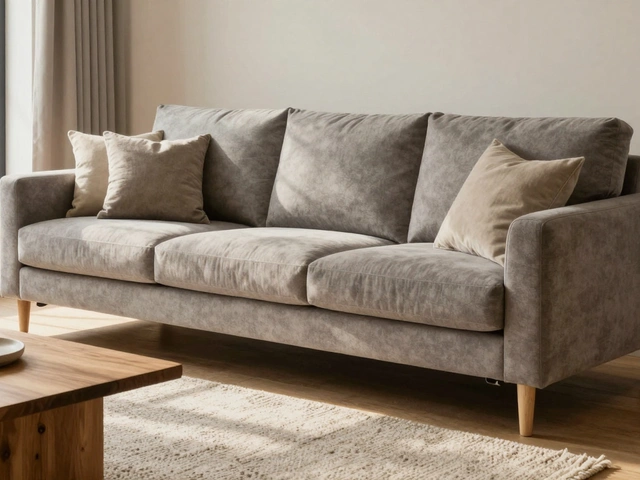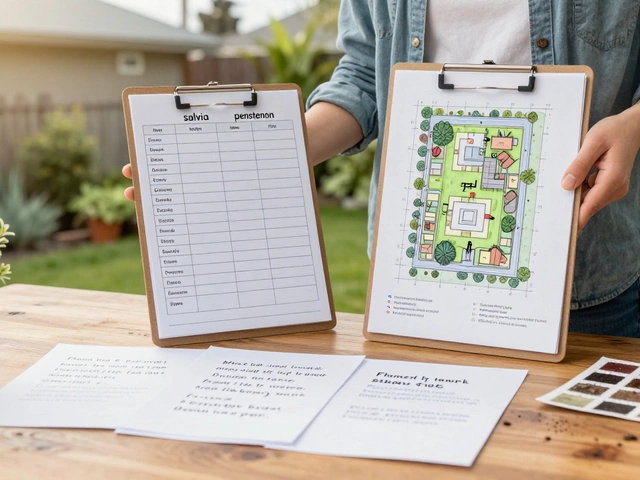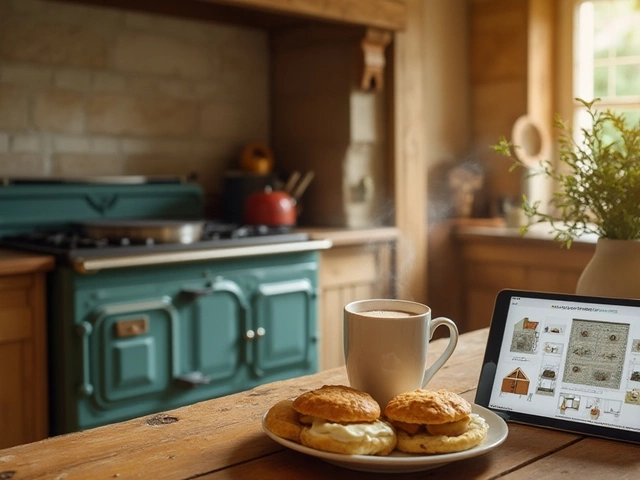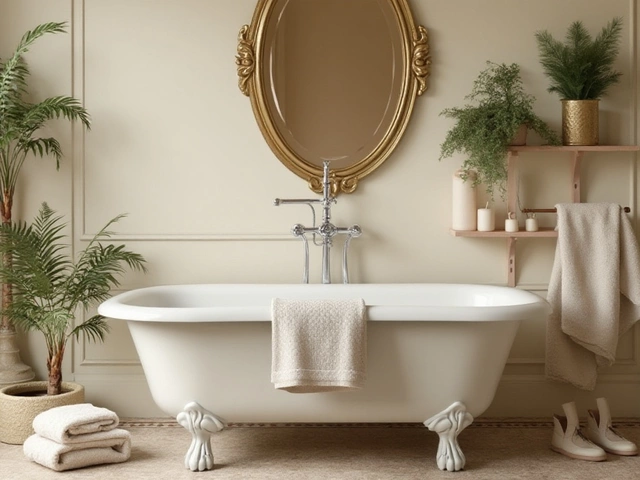Bathroom ROI Calculator
Expected Return on Investment
Enter your upgrade details to see your expected ROI.
When planning a bathroom remodel is a renovation project that updates fixtures, finishes, and layout to improve functionality and aesthetic appeal, homeowners often wonder which changes actually boost the home’s market price.
Why ROI matters in a bathroom remodel
Real‑estate data from 2024 shows that a bathroom remodel can add anywhere from 5% to 12% to a home’s overall value, but the return varies widely by the type of upgrade. Buyers today prioritize clean lines, energy‑efficient fixtures, and a spa‑like experience. Focusing on upgrades that deliver a high return on investment (ROI) ensures you don’t waste money on vanity projects that sit on the budget sheet without moving the price needle.
High‑impact upgrades that truly add value
-
Walk-in shower is a barrier‑free, glass‑enclosed shower that often includes multiple jets or a linear drain. In a 2025 market analysis, walk‑in showers delivered an average ROI of 78% because they appeal to both younger buyers and aging‑in‑place owners.
-
Freestanding bathtub is a standalone tub that serves as a focal point, usually made of acrylic, stone, or copper. When paired with a modern wall‑mounted faucet, it can boost resale value by up to 10%, especially in upscale neighborhoods where luxury feels matter.
-
Heated flooring is electric or hydronic heating installed beneath tile or stone, delivering warm feet on cold mornings. Homebuyers cite comfort as a top priority; the feature typically recoups 70% of its cost.
-
Smart mirror is a mirror with built‑in LED lighting, anti‑fog technology, and Bluetooth connectivity for music or voice assistants. While the upfront price can reach $1,200, the tech premium adds about 6% to perceived value.
-
Vanity with storage is a countertop cabinet that combines a sink, countertop, and ample drawers or shelves. Upgraded vanity units with soft‑close hardware increase ROI by roughly 65% because they improve both usability and visual appeal.
Mid‑tier upgrades that still move the needle
-
Tile flooring is ceramic, porcelain, or natural stone tiles laid on the bathroom floor. Modern, large‑format tiles create a seamless look and can recoup 50‑60% of their cost.
-
Low‑flow fixtures is toilets, showerheads, and faucets designed to use less water without sacrificing performance. They add green‑cred and are often a small expense with a 40% ROI because they lower utility costs.
-
Layered lighting design - a mix of recessed ceiling lights, vanity sconces, and dimmable LEDs - creates ambience and can increase perceived value by up to 5%.
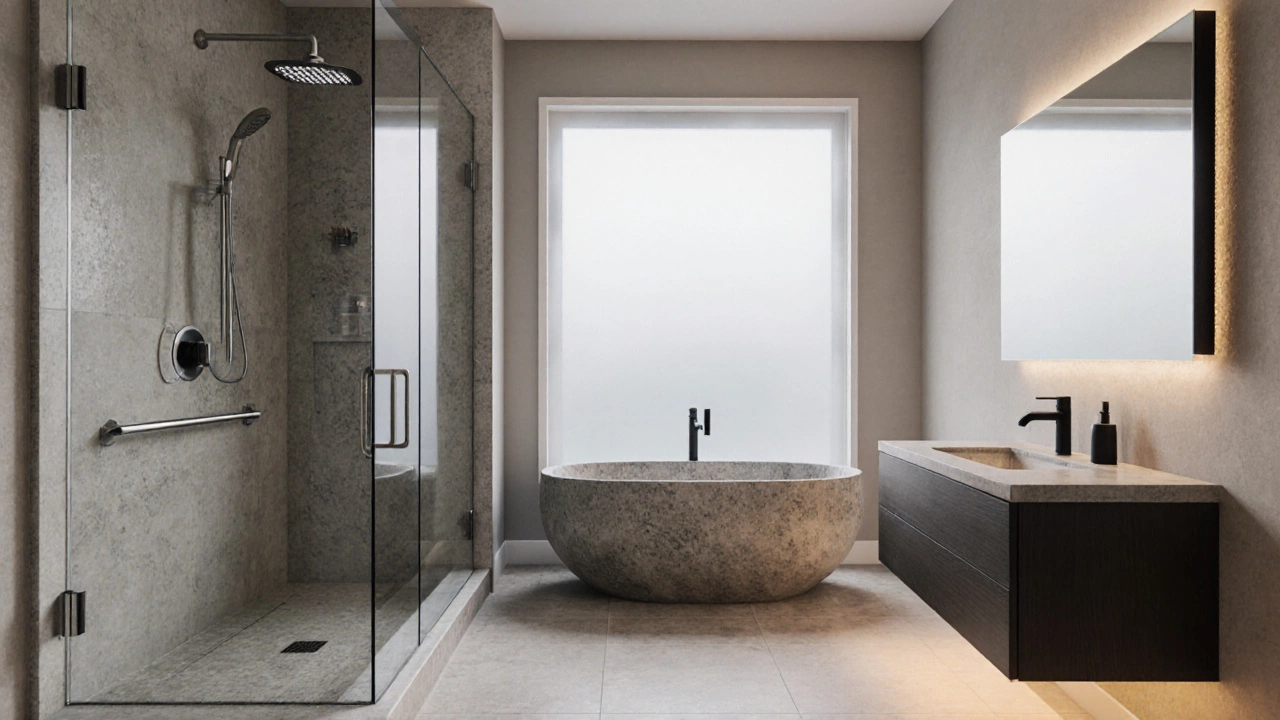
Budget‑friendly tweaks that polish the space
Even a modest spend can tip the scales. A fresh coat of high‑quality, mildew‑resistant paint in a neutral tone adds a modern feel for under $200. Replacing outdated hardware - towel bars, faucet handles, and door knobs - with brushed‑nickel or matte‑black finishes updates the look instantly. Adding Crown molding is a decorative trim installed where wall meets ceiling gives the bathroom a finished, upscale appearance for as little as $3 per linear foot.
How to prioritize upgrades for maximum resale impact
-
Set a budget ceiling. Knowing your total spend helps you decide where to allocate funds for the highest ROI.
-
Identify the buyer profile for your market - first‑time homebuyers, families, or retirees - and choose upgrades that match their preferences.
-
Start with high‑impact items (walk‑in shower, freestanding tub, heated flooring). These often provide the biggest percentage return.
-
Layer mid‑tier improvements (new tile, low‑flow fixtures, smart mirror) to fill gaps and create a cohesive design.
-
Finish with cosmetic touches (paint, hardware, crown molding) to tie everything together.
Common pitfalls to avoid
- Overspending on luxury items that exceed local market expectations - a $15,000 marble tub in a modest‑priced neighborhood rarely pays off.
- Neglecting proper waterproofing - leaks can undo all the value you added.
- Choosing trendy colors or fixtures that may look dated in a few years.
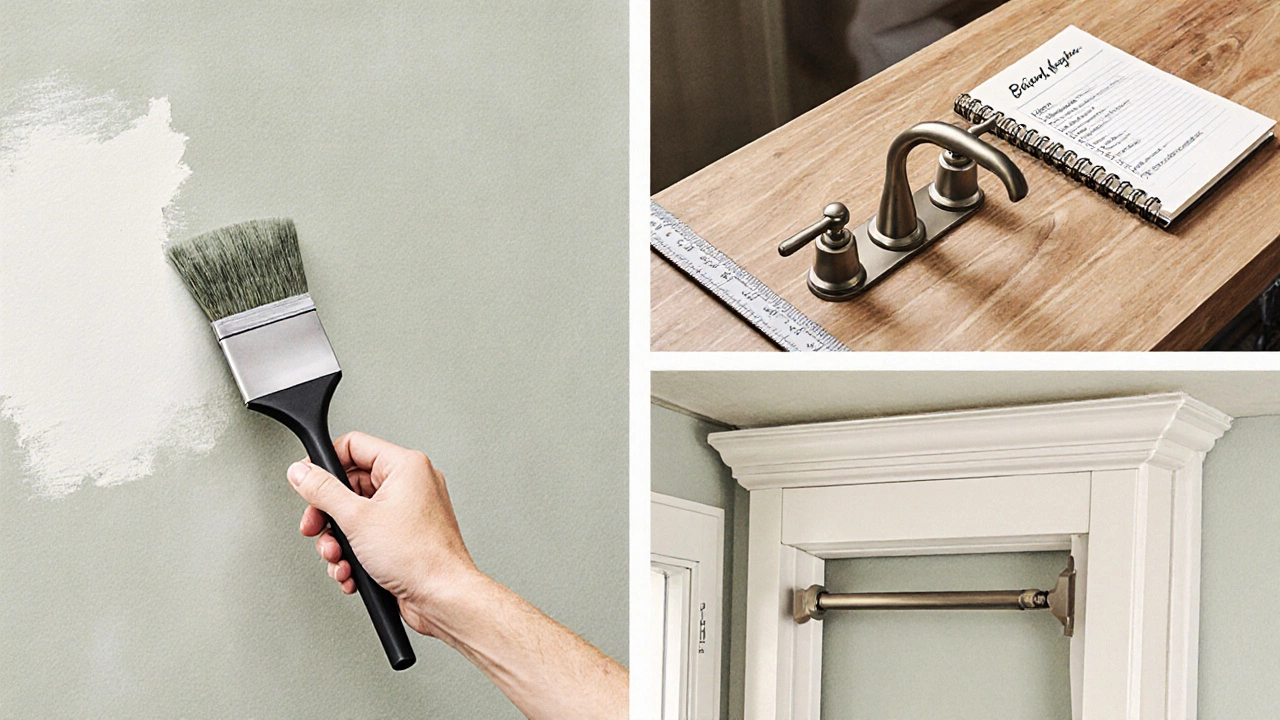
Quick checklist before you hire a contractor
- Verify contractor licensing and request recent bathroom remodel references.
- Get a detailed, itemized quote that separates labor from materials.
- Ask for a timeline that includes milestones for each major upgrade.
- Confirm warranty coverage for fixtures and workmanship.
ROI comparison table
| Upgrade | Typical Cost | Expected ROI | Ideal Buyer |
|---|---|---|---|
| Walk‑in shower | $8,000 - $12,000 | 70‑80% | Modern families, retirees |
| Freestanding bathtub | $4,000 - $9,000 | 60‑70% | Luxury‑oriented buyers |
| Heated flooring | $3,500 - $6,500 | 65‑75% | Cold‑climate markets |
| Smart mirror | $1,000 - $1,500 | 55‑65% | Tech‑savvy millennials |
| Vanity with storage | $2,500 - $5,000 | 60‑70% | All buyer types |
| Tile flooring | $2,000 - $4,500 | 50‑60% | First‑time buyers |
| Low‑flow fixtures | $500 - $1,200 | 40‑45% | Eco‑conscious buyers |
Bottom line
Each bathroom remodel decision should be guided by ROI, buyer expectations, and budget reality. Start with high‑impact upgrades that give the biggest return, layer in mid‑range improvements for cohesion, and finish with small details that make the space feel polished. By following the checklist and avoiding common pitfalls, you’ll turn a simple bathroom update into a solid investment that pays off when the time comes to sell.
Which bathroom upgrade offers the highest return on investment?
A well‑designed walk‑in shower typically yields the best ROI, delivering a 70‑80% return by appealing to modern buyers who value accessibility and a spa‑like feel.
Is a freestanding bathtub worth the cost?
In upscale markets, a freestanding bathtub can add 6‑10% to resale value, but in price‑sensitive neighborhoods the ROI drops below 50%.
Do smart mirrors actually increase home value?
Smart mirrors add a tech premium of about 5‑6% and are most effective in markets where buyers expect integrated home automation.
How can I keep renovation costs low but still add value?
Focus on paint, new hardware, and crown molding. These cosmetic upgrades cost under $1,000 total and can boost perceived value by 3‑5%.
Should I install heated flooring in a mild‑climate city like Vancouver?
Even in milder climates, heated flooring is a strong selling point because buyers associate it with luxury and comfort, often recouping 70% of the expense.
